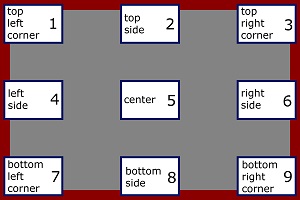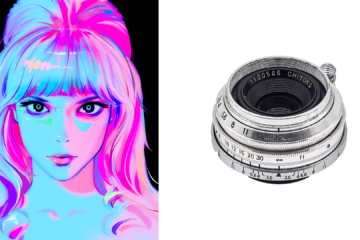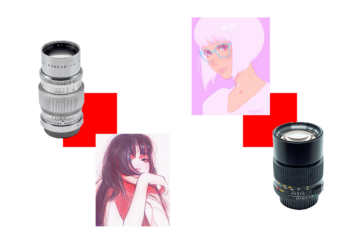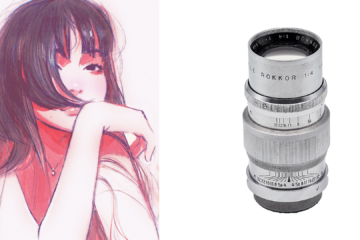Canon S 50mm 1:1.8 Serenar – review

Canon 50mm 1:1.8 Serenar – Japan LTM/LSM/m39 – vintage manual lens test and review
This is one of those lenses, after the appearance of which, the center of the global photo industry began to actively move to Japan.
Canon 50mm 1:1.8 Serenar specifications
| Marketed | Nov-51 |
| Original Price | 26,000 yen |
| Lens Construction (group) | 4 |
| Lens Construction (element) | 6 |
| No. of Diaphragm Blades | 10 |
| Minimum Aperture | 16 |
| Closest Focusing Distance (m) | 1 |
| Maximum Magnification (x) | — |
| Filter Diameter (mm) | 40 |
| Maximum Diameter x Length (mm) | 48 x 36.8 |
| Weight (g) | 270 |
More data
| Floating elements | NO |
| Serial | 139538 |
| Confidence in the test results of reviewed copies | High |
Additional information:
- It has Planar’ like optical design
- This reviewed lens arrived directly from Japan
- The optical and mechanical condition of this copy is very nice. There is nothing which can affect the images
Canon S 50mm 1:1.8 Serenar exterior
Canon S 50mm 1:1.8 Serenar sharpness
Сlose-distance resolution test, minimal distance
Testing methods description
- Target: 10-15 cm picture, printed on glossy photo paper
- Distance:10% longer than minimal focus distance marked on the lens
- Camera: Sony A7II (24mpx, full-frame, tripod, remote control). M-mode, ISO fixed, WB fixed, SteadyShot – OFF.
- The test was repeated for every F-stop on every focus position with manual focus adjustment for each shot. That is to avoid the effect of field curvature.
- RAW processing: Capture One, default settings. All quality settings – 100%. Crops – 300×200 px
Scene preview
Original target image (printed in horizontal orientation on 10cm X 15cm glossy photo paper)
Test results (selected version, easy to compare – 4 positions)
Test results (full version – all 9 positions)
Long-distance resolution test
Testing methods description
- Target: cityscape
- Distance: > 200 meters to center focus point
- Camera: Sony A7II (24mpx, full-frame, tripod, remote control). M-mode, ISO fixed, WB fixed, SteadyShot – OFF. The focus point is on the center only.
- RAW processing: Capture One, default settings. All quality settings – 100%. Crops – 300×200 px
Scene preview
Test results
Canon 50mm 1:1.8 Serenar aberrations
Vignetting
Geometric distortion
Coma aberrations
Chromatic aberrations
One more image crop from a picture made with F2.8 can help to understand the dynamics of chromatic aberrations changing:
Short-distance bokeh
Test conditions: lens was focused on minimal distance 1m, plants are in 3m distance from the camera
Long-distance bokeh
Test conditions: the lens was focused on half distance on the scale (2m), buildings are on “infinity”-distance. This is a rare case for real photography but demonstrates the maximum possible level of blur
Light bubbles bokeh – short-distance
Test conditions: lens was focused on minimal distance 1m of scale, diodes were fixed in 3m distance
Light bubbles bokeh – long distance
The lens is on the minimal focusing distance 1m, lights are on infinity (cityscape)
This is a rare case for real photography but demonstrates the maximum possible level of blur
Canon 50mm 1:1.8 Serenar – other resources with tests and reviews:
Canon 50mm 1:1.8 Serenar – overall conclusion
This is a very small and very heavy lens with “true Planar’ like rendition” and quite good sharpness. By technical IQ it’s better than most of another rangefinder lenses from 1950-1960. Not the best maybe, but really close to the top. And it has another very good advantage – it isn’t overpriced on auctions for today. Grab it, and don’t care – all other competitors from this age are close to the be similar or at least not so better for the worth of much bigger prices.
Definitely, this Canon can be called ‘bokeh-machine’. Its behavior is enough typical for such type of lenses: just avoid wide opened aperture – F2 gives a noticeable better contrast in the center at least, and one more: it needs to remember that this lens became very good only at F4 and have to be closed up to F8 for landscapes.
This is enough universal lens and can be only one in a bag. The lens shade (lens hood) is required. So, it’s one another magic stick from Canon S lenses family for photographers who are want to add rangefinder rendition into photos.



































0 Comments